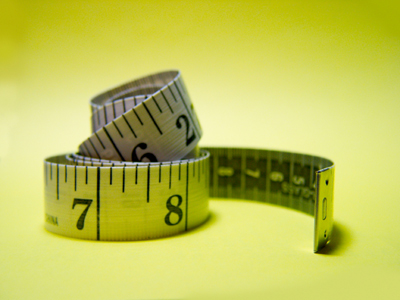
Ask the AI Tutor
Need help with Investigations 01? Ask our AI Tutor!
AI Tutor - Lucy
Connecting with Tutor...
Please wait while we establish connection

In order to get your results, you will need to make observations or take measurements.
Investigations 01
Investigations in KS2 Science help us test ideas and predictions. Pupils learn how to plan, observe, measure, and record results in fair, simple experiments.
1 .
What does a 'fair test' mean?
Everyone in the group gets to have a go
Everyone's ideas are contributed
Only one variable is changed while the rest are kept constant
Each thing that is being tested is treated fairly
A 'fair test' always means that the person carrying out the investigation only changes one variable
2 .
What do we call the question you are investigating, or what you are trying to find out?
Your prediction
Your aim
Your method
The variable
A predictions is what you think will happen, a method is how you go about finding things out and a variable is something that can be changed to see how it affects a result
3 .
Before you carry out your investigation, what should you make?
A graph
A variable
A prediction
A cup of tea
Before you begin, you should decide what you think your investigation will show
4 .
How many variables should you change during an investigation?
One
Two
Three
Four
If you make more than one change you cannot be sure which has altered the results
5 .
What should come at the end of an investigation?
A mind map
Photos
An answer to the prediction
A message to your teacher
An investigation should show whether the prediction was right or wrong
6 .
When you carry out an investigation, there are many things (factors) which can change, or vary. What are these factors called?
Measurements
Variables
Graphs
Results
Some examples of variables are temperature, size, time of day...
7 .
Results can be displayed using what?
A table
A graph
A chart
All of the above
Graphs, tables and charts are all good ways to display your results
8 .
What does 'method' mean?
How you decide to display your results
The measurements you take
The design of your poster
A list of steps you will take in order to carry out your investigation
It can be helpful to number the steps in your method
9 .
In order to get your results, you will need to make observations or do what?
Make a poster
Take measurements
Draw a graph
Take photos
You might need to measure the height of something, a distance, the temperature, the volume, mass, or a number of other variables
10 .
What do we call the items you will need for your investigation?
Equipment
Diagrams
Methods
Variables
'Equipment' can also be called 'apparatus'
**Unlimited Quizzes Await You! 🚀**
Hey there, quiz champ! 🌟 You've already tackled today's free questions.
Ready for more?
Ready for more?
🔓 Unlock UNLIMITED Quizzes and challenge yourself every day. But that's
not all...
not all...
🔥 As a Subscriber you can join our thrilling "Daily Streak" against other
quizzers. Try to win a coveted spot on our Hall of Fame Page.
quizzers. Try to win a coveted spot on our Hall of Fame Page.
Don't miss out! Join us now and keep the fun rolling. 🎉
**Unlimited Quizzes Await You! 🚀**
Hey there, quiz champ! 🌟 You've already tackled today's free questions. Ready for more?
🔓 Unlock UNLIMITED Quizzes and challenge yourself every day. But that's not all...
🔥 As a Subscriber you can join our thrilling "Daily Streak" against other quizzers. Try to win a coveted spot on our Hall of Fame Page.
Don't miss out! Join us now and keep the fun rolling. 🎉






